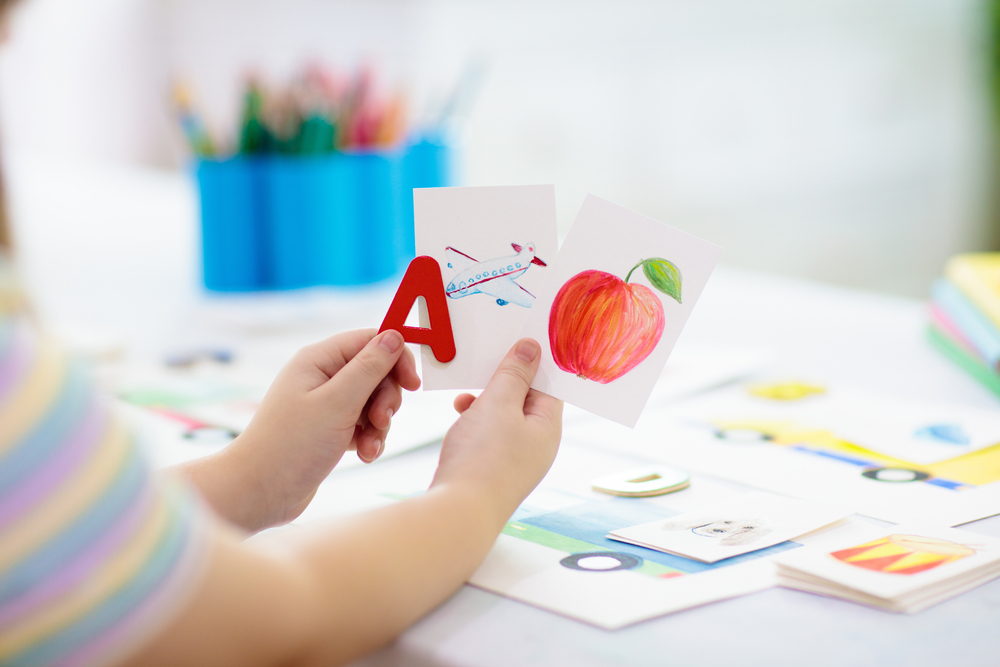
Bandura’s Imitation Theory (1979) is a psychological theory that states individuals learn through observing and imitating the behaviour of others. According to this theory, learning involves cognitive processes, including observation, memory, and thinking.
Bandura’s Imitation Theory identifies four main factors influencing imitation: the model, observation, environment, and individual skills. The theory also emphasises that an individual’s ability to imitate depends on their motivation, self-confidence, and belief in their abilities. Therefore, the child can imitate their parents’ actions and try them out. Returning to the incident, the boy said he learned to drive by watching YouTube videos and observing how his father operated the family car. This compelling example highlights how children engage in observational learning when acquiring the ability to drive, mirroring their parents’ actions. Observational learning, a prominent aspect of progressive education, involves individuals gaining insights by watching others. Its implications extend beyond the individual to influence communities, nations, and cultures. An apt illustration of this phenomenon is the ease with which young children can take the wheel and operate a car after repeatedly observing their parents perform the same tasks.
In my personal experience, my spouse and I have never allowed our children to hold our mobile phones. However, there have been instances when we, as parents, were distracted, and they managed to pick up the device and pretend to make a phone call, holding it to their ears. They also moved their fingers on the phone’s screen as if navigating something.
Piaget’s Developmental Theory (1936) is a psychological theory that focuses on children’s thinking and cognitive development. This theory states that children learn through cognitive developmental processes. Piaget’s theory assumes four stages of cognitive development in children. I will share the second stage, the preoperational stage, for children aged two to seven years. Children in this age range have limited preoperational thinking and tend to understand the world selfishly.
Egocentric refers to a state where an individual only sees the world from their perspective without understanding the views or perspectives of others. Therefore, based on this theory, a six-year-old child can behave in such a way.
Vygotsky’s Social Constructivism Theory (1962), also known as social learning theory, states that a person’s learning and cognitive development depend not solely on individual factors such as thinking and abilities but also on social interactions and cultural surroundings.
The theory suggests that experiences are built through interactions with others and using tools such as language, symbols, and other aids that help individuals develop more complex knowledge and skills. In Vygotsky’s social constructivism theory, individuals are seen as meaning-makers rather than passive recipients of information. The learning process occurs when individuals engage in activities requiring them to seek meaning in their experiences.
Interactions with others can help them develop a deeper and more comprehensive understanding of the world around them. So, can you relate this theory to the incident involving the child? Yes, it’s very evident. The child had a strong sense of curiosity. The boy constructed meaning through interactions with his surroundings, such as observing his parents’ actions, his siblings, the car, and so on, eventually contributing to building knowledge.
Based on previous studies, preschool girls have been found to have higher achievements than boys in fine motor skills, whereas, at the preschool level, boys tend to have higher achievements than girls in gross motor skills. Fine motor skills are the ability to control small and precise movements in body parts such as hands and fingers. Examples of fine motor skills include writing and holding a pencil. On the other hand, gross motor skills refer to the ability to use strength and balance in large movements such as running, jumping, and throwing.
Examples of gross motor skills include playing ball games and jumping rope. Driving a car requires children to follow several steps before they can operate the car. They must start the engine, release the car’s brakes, shift gears, and turn the steering wheel. In your opinion, does driving a car involve fine motor skills or gross motor skills?
In conclusion, when viewed through the lens of learning theories, Bandura’s Imitation Theory suggests that learning primarily unfolds through observing and imitating others’ behaviour. Meanwhile, within the context of Piaget’s Developmental Theory, the preoperational stage (involving children aged two to seven) showcases children’s newfound ability to represent objects in various activities, albeit in ways that may lack organisation or full logical coherence. Lastly, according to Vygotsky’s Social Constructivism Theory, children acquire knowledge through their interactions with the environment, engaging in activities in their surroundings that necessitate the search for meaning in their experiences.
Note: The author is a lecturer at the School of Education, Faculty of Social Sciences and Humanities, Universiti Teknologi Malaysia (UTM).




